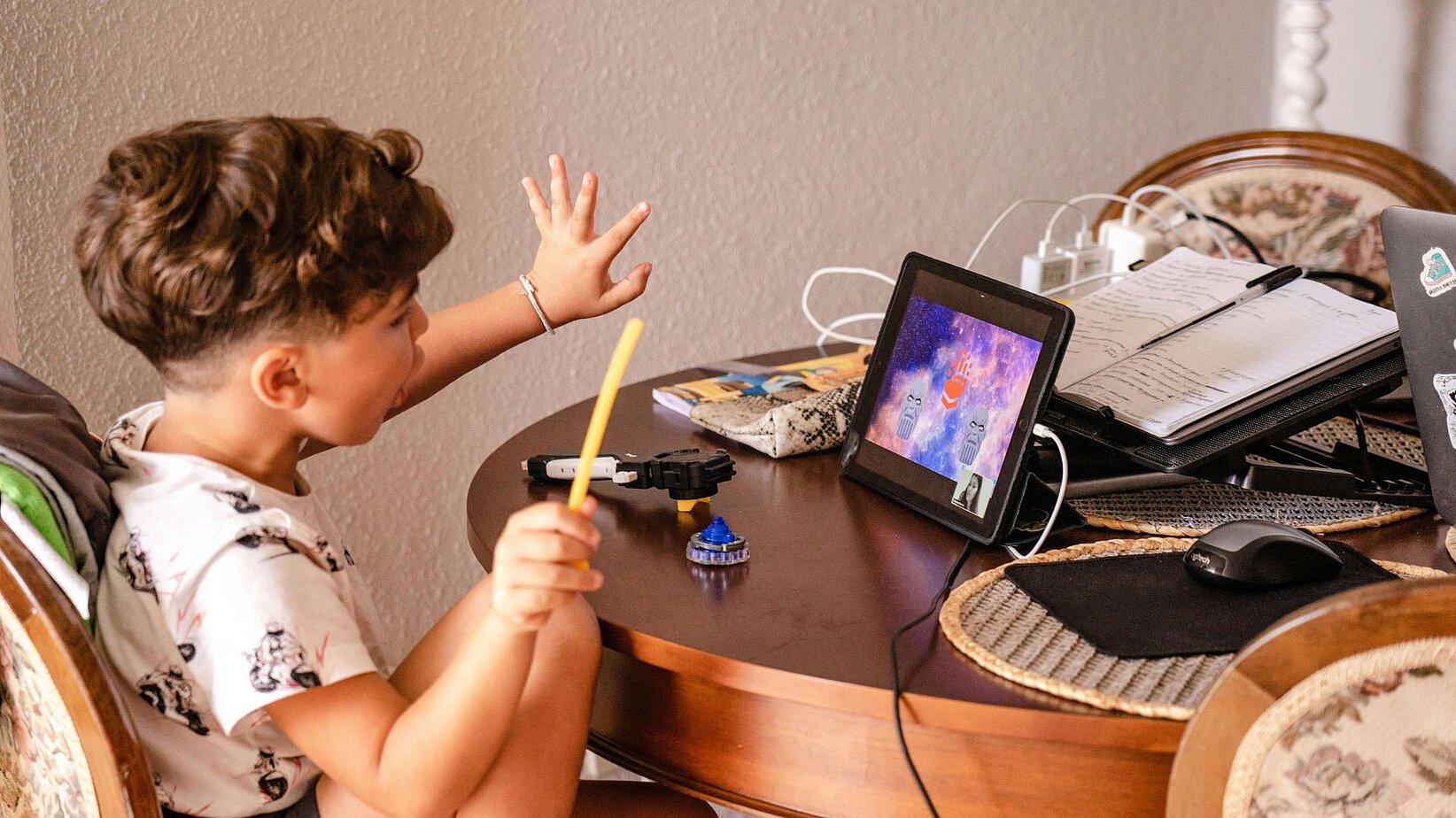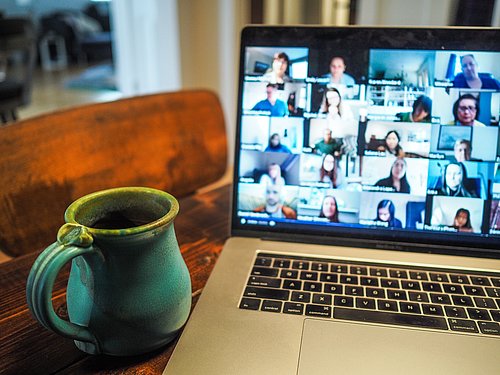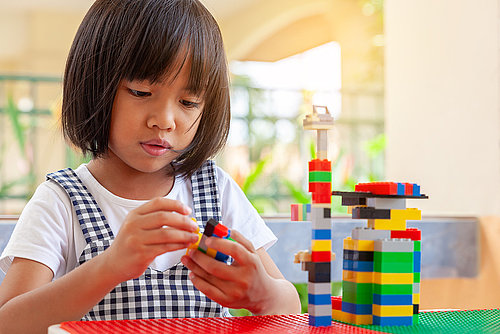
New Models for Kids’ Monetisation
Navigating Monetisation Challenges and Opportunities in Kids’ Content

Over the last four months, in conjunction with the Children’s Media Foundation, we have spoken to the ‘great and the good’ of the children’s media world, from publishers and IP owners to channels and VOD platforms.
We asked them about the challenges they faced and the solutions they are putting in place to overcome them. In order to get the raw facts without the PR filter, all contributors will remain anonymous, but the quotes are genuine.
This is the second in a series of articles that looks at specific, challenging areas across the industry. For this article we are tackling the commercial and monetisation challenges surrounding kids’ content.
The monetisation landscape for children’s content has undergone significant shifts over the last five to ten years. A conglomeration of factors has combined to create a world in which launching a new IP has significant challenges –
Audience fragmentation, moving from a few linear channels to content being everywhere, has meant that building critical mass around an IP is very hard. According to Ofcom’s 2024 Media Nations report, the average daily viewing time for linear TV among children aged 4-15 has dropped by 73% over the last decade, moving from about 2 hours 16 minutes per day in 2013 to just 38 minutes per day in 2023. Meanwhile, time spent on platforms like YouTube and Roblox has more than doubled since 2020. Critical mass is essential if you are to create a successful L&M business, generate revenue from distribution and also be able to effectively sell your advertising inventory on platforms like YouTube (see our article about the challenges of distribution here). Audience fragmentation isn’t just about kids watching content in a variety of places, they are also fragmenting to different media, with gaming (Roblox) and social media now increasing taking up a big chunk of their time.
“User-generated content on platforms like Roblox, can easily compete with a preschool show from 10 years ago in terms of the numbers and often beat it quite comfortably" – Studio Creative Exec
- YouTube’s restriction on targeted advertising for kids’ content (following COPPA legislation) has significantly devalued advertising inventory, with revenues dropping dramatically.
"After January 2020, YouTube was forced to change practices and stop doing targeted advertising for kids’ content, which caused the money for kids’ creators to fall overnight by 50%." – Grégory Dray from Animaj during Children’s Media Conference session “Built to Last – Creating Sustainable Business Models on Social Platforms”
- The end of the streaming wars has meant the content ‘land grab’ that many of the big SVOD and AVOD platforms were undertaking has finished; they have moved from acquisition to consolidation. The number of commissions coming from these platforms has reduced dramatically.
"The streaming platforms have gone through their buying spree. They have loads of back end catalogue right now and the bar for picking and choosing what to buy and what to invest in is a lot higher" - Distributer
- Linear broadcasters are tightening their purses, due to either a reduction in advertising spend on their channels or, if they are publicly funded, a reduction in their budgets from the government.
“The linear broadcasters have been squeezed. They've got no budgets. They're also over supplied in the kids content space. They have worked out that you don't need to pay people money for the rights because people just want exposure. So they're picking up rights for a dollar” – IP Owner
All these things have meant the model for funding content has changed dramatically. In the ‘olden days,’ you used to be able to get 80% of the cost of production covered by a broadcast partner, and the final 20% you’d make up through L&M deals. Now you’d be lucky to get 10% covered by a broadcaster, leaving you to fund or find the remaining 90% yourself. This has driven most IP owners to rely on co-production, splitting the IP among multiple partners and ultimately being very risk- adverse. Many of the experts we spoke to talked about spreading the risk.
“With the risks being loaded more and more onto us IP owners we are needing to partner and co-develop to help share the load a little. Sure, we reduce the upside in success, but also reduce the downside in failure” – IP Owner
Content itself is no longer a revenue generator; it is an audience creator that you need to monetise through other means, which need to be considered and included from the outset.
“I wouldn't even consider undertaking a new project from scratch without a really clear and substantial monetisation model baked in" – IP development exec
A number of different monetisation models were discussed, including –
Direct Platform Monetisation (e.g., Roblox, or Webtoons): Roblox, for many, is now a major revenue stream, yielding income from multiple microtransactions that users spend on in- game products and benefits. New and emerging platforms such as Webtoons and Microdramas are also enabling IP owners to directly monetise their content on the platforms themselves.
Apps and Mobile Gaming: Although declining in recent years, mobile apps, especially game-focused or targeting older tweens and teens, still provide viable revenue streams.
Content-to-Commerce Integration: Direct shopping experiences linked to content are gaining traction. YouTube's merch shelf allows direct retail clicks, TikTok shop pioneers social selling, and Roblox’s partnership with Shopify enables creators to link directly to merchandise stores. There's also strong industry interest in what Amazon plans to do.
"And then there's the sleeping giant… Amazon. The I think for all of us, we would love to see content be connected to their kind of shopping experience on their platform" – IP owners
Direct-to-Consumer (D2C) Models: As securing traditional L&M deals becomes increasingly challenging due to fragmented audiences, more companies are turning to direct-to-consumer sales. Although it doesn't offer the massive retailer presence, D2C and on-demand printing models help reduce upfront costs and still generate meaningful revenue.
Live events and experiential: With a general increase in consumers looking for experiences and not just ‘stuff’, a few companies have launched live events, theatre adaptations, and branded experiences as a means to monetise their fan base. These tend to be the bigger brands due to the need for either a partner or a large upfront investment, however smaller and smaller IPs are discovering this can be a viable option.
With all this in mind, before greenlighting a new IP, ask:
- Have we baked in a monetisation strategy from the beginning that doesn’t rely on content sales?
- Do we have a path to own the relationship with our audience or are we renting it via a platform?
- Have we future-proofed the brand by diversifying revenue streams?
While the challenges in monetising kids' content are real and significant, so too are the evolving opportunities. Success in the future will belong to creators who can adapt, innovate, and strategically diversify their monetisation approaches to engage their audiences meaningfully.
With the challenges around monetisation and distribution in today’s children’s media landscape, we predict that the next global kids’ IP won’t emerge from traditional TV or SVOD pipelines. It will be born in a game, nurtured by a community, and monetised through a mosaic of micro-revenue streams that extend far beyond the screen.


